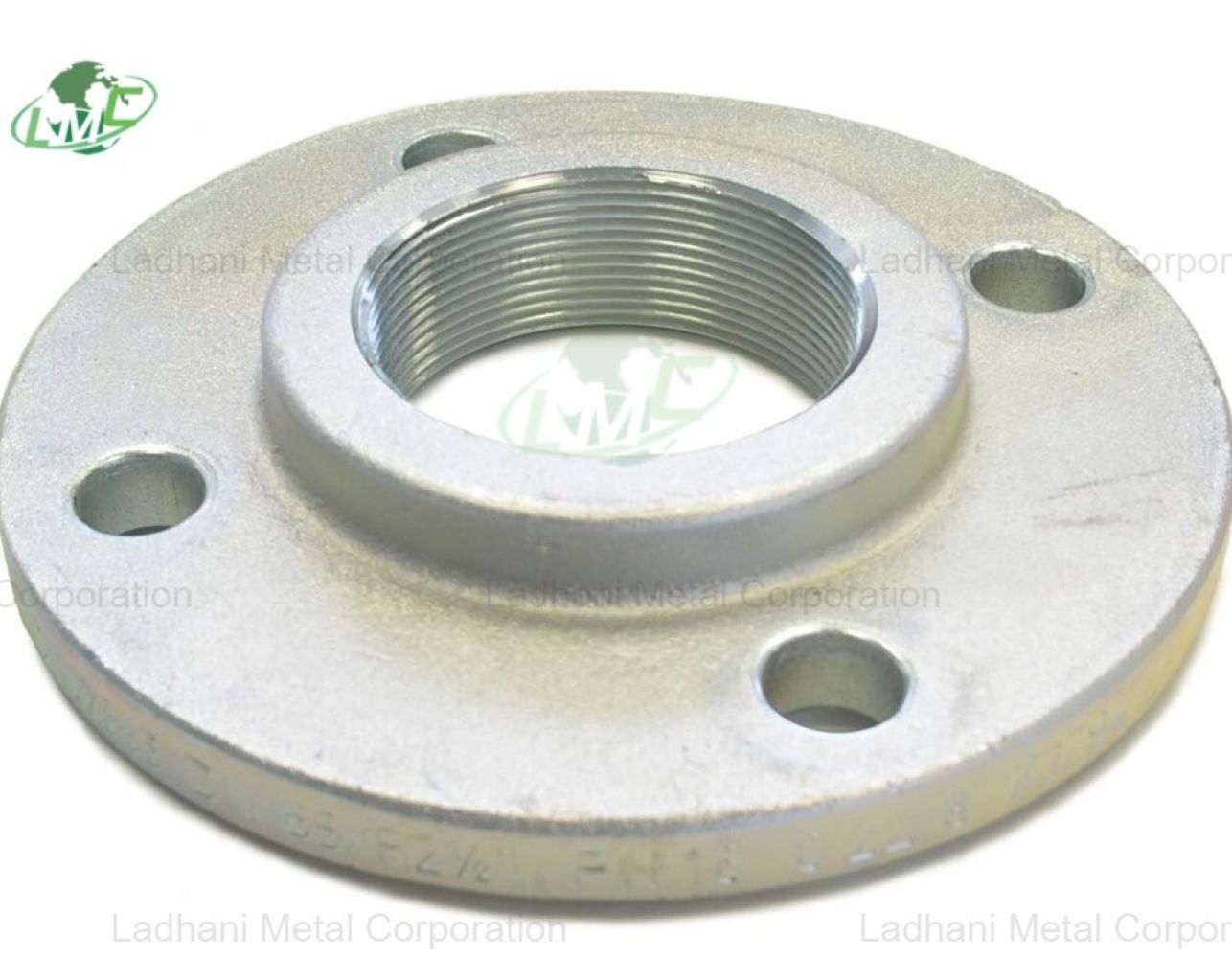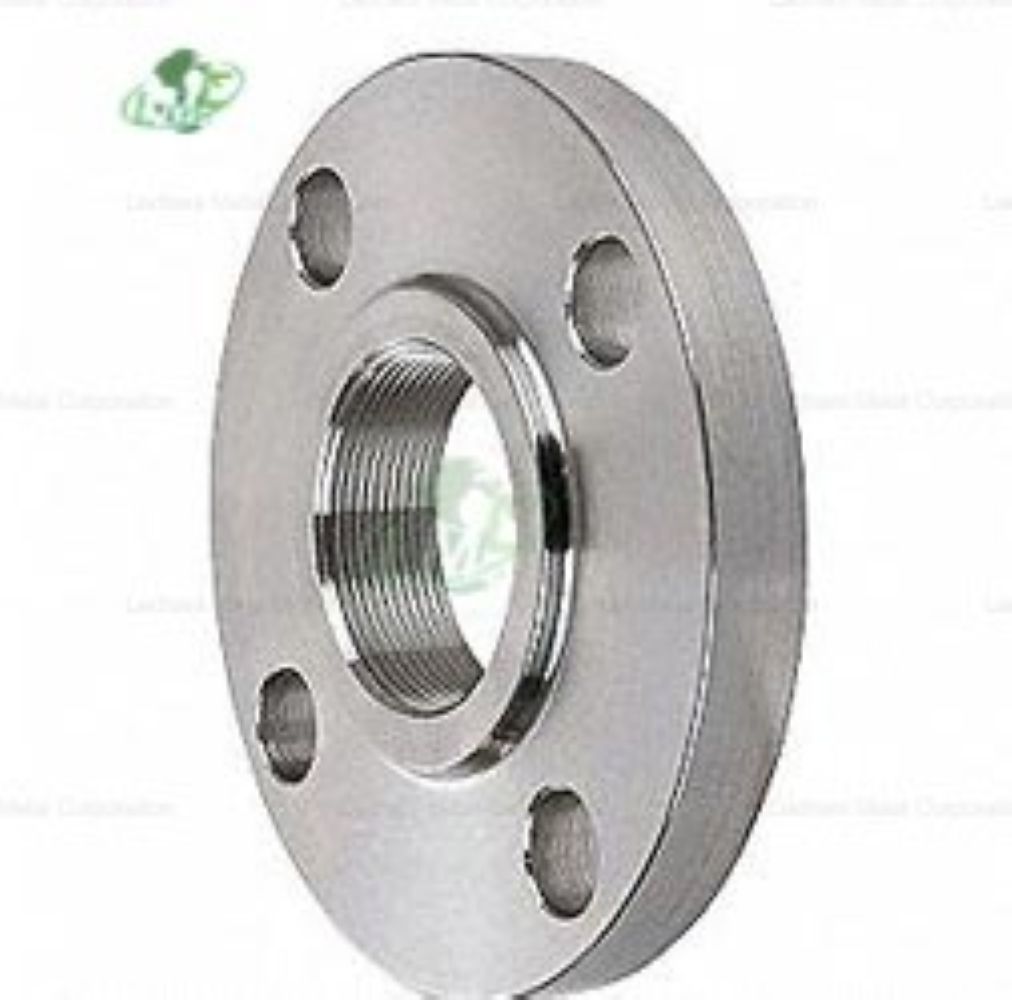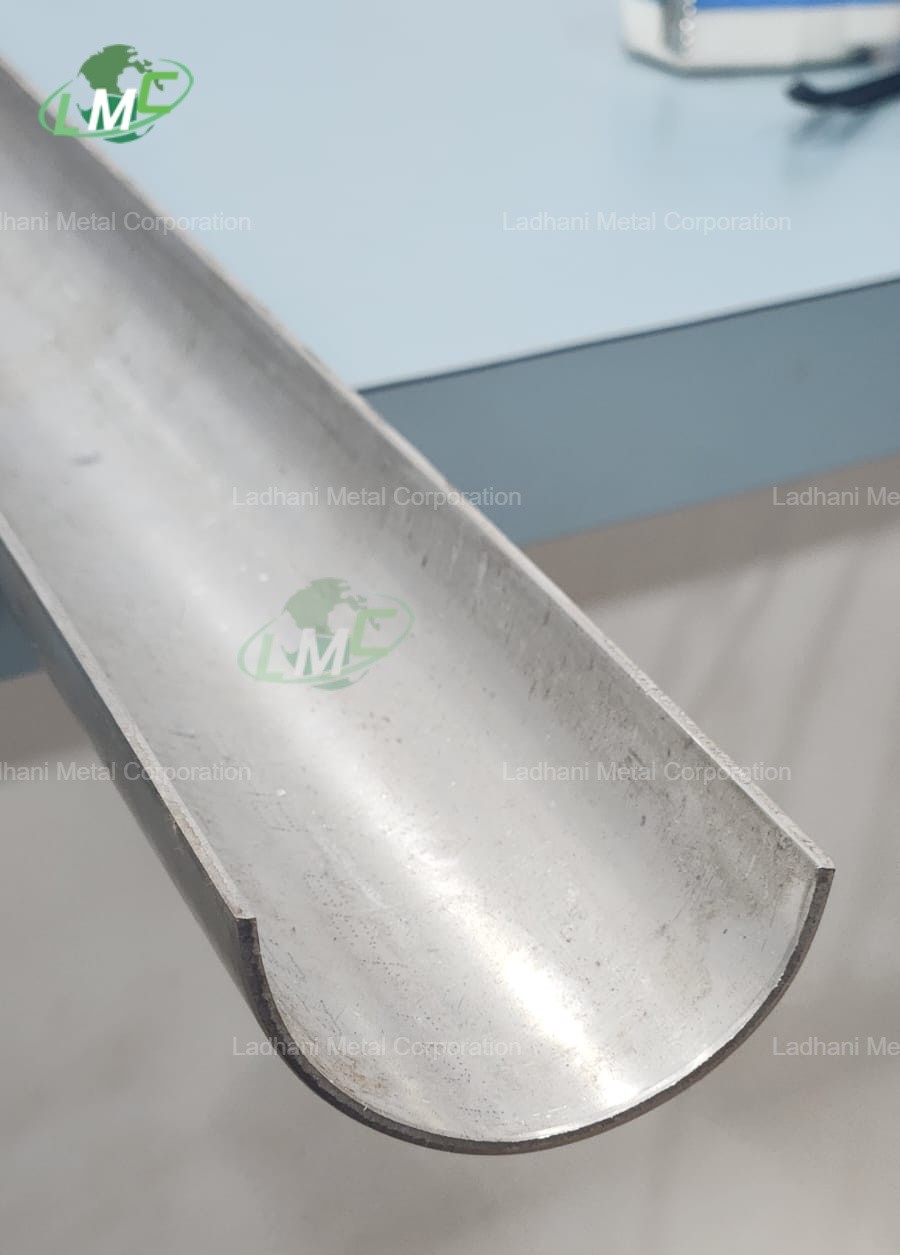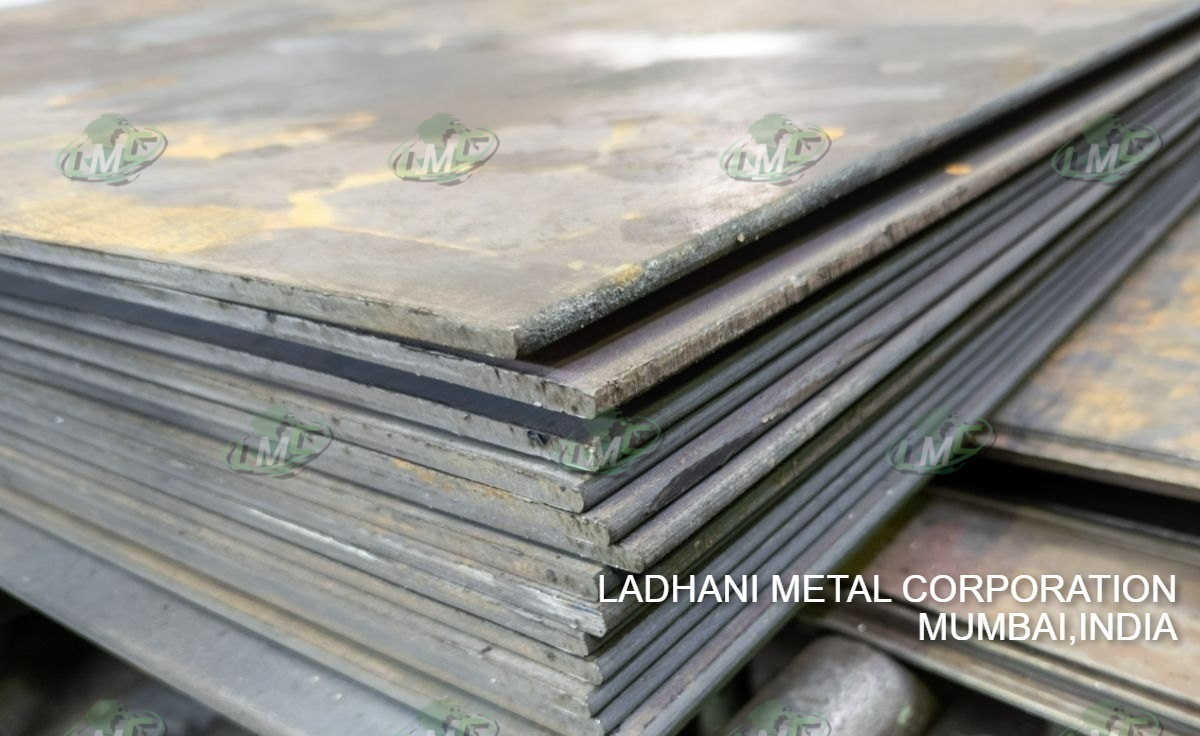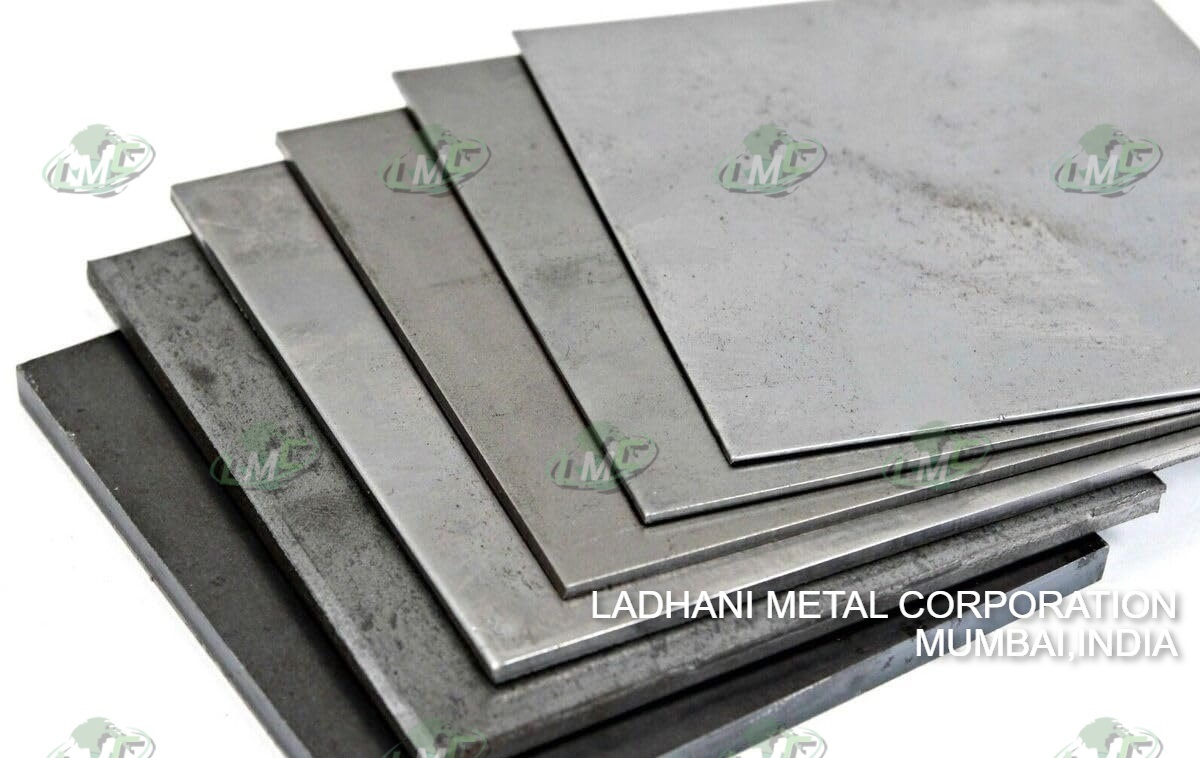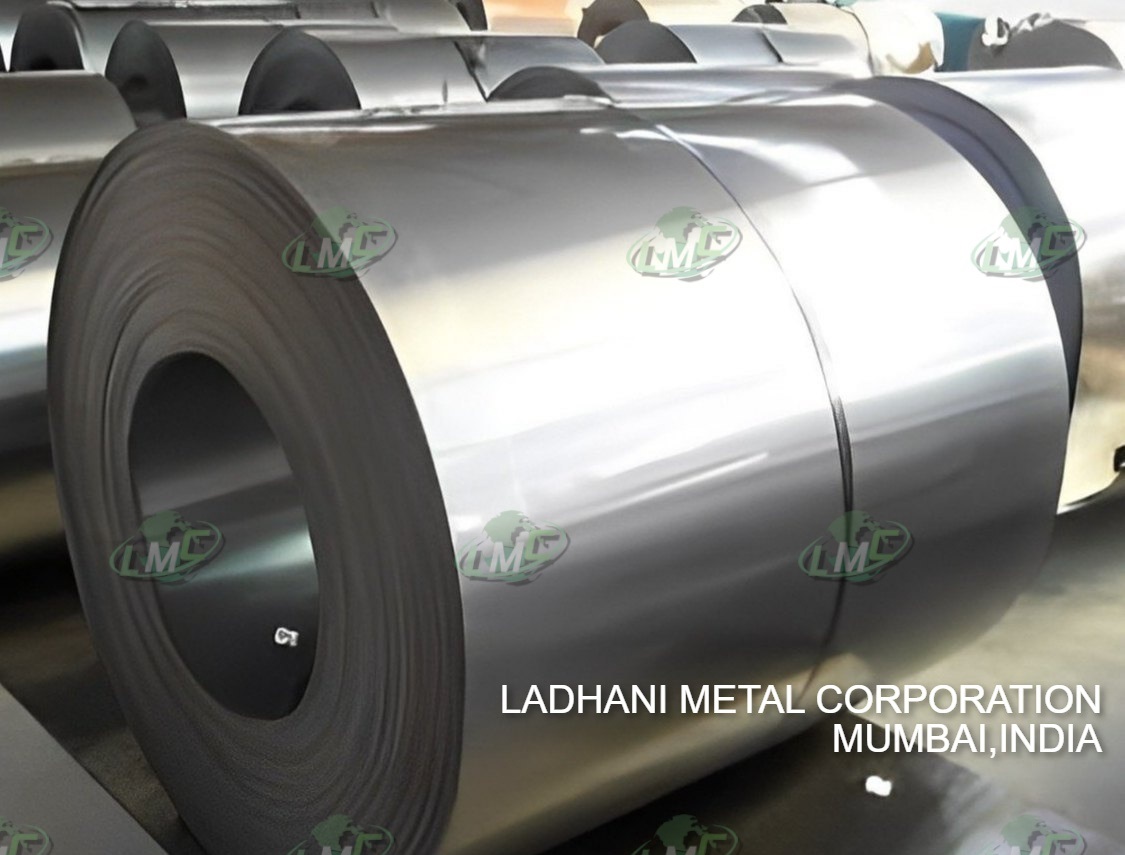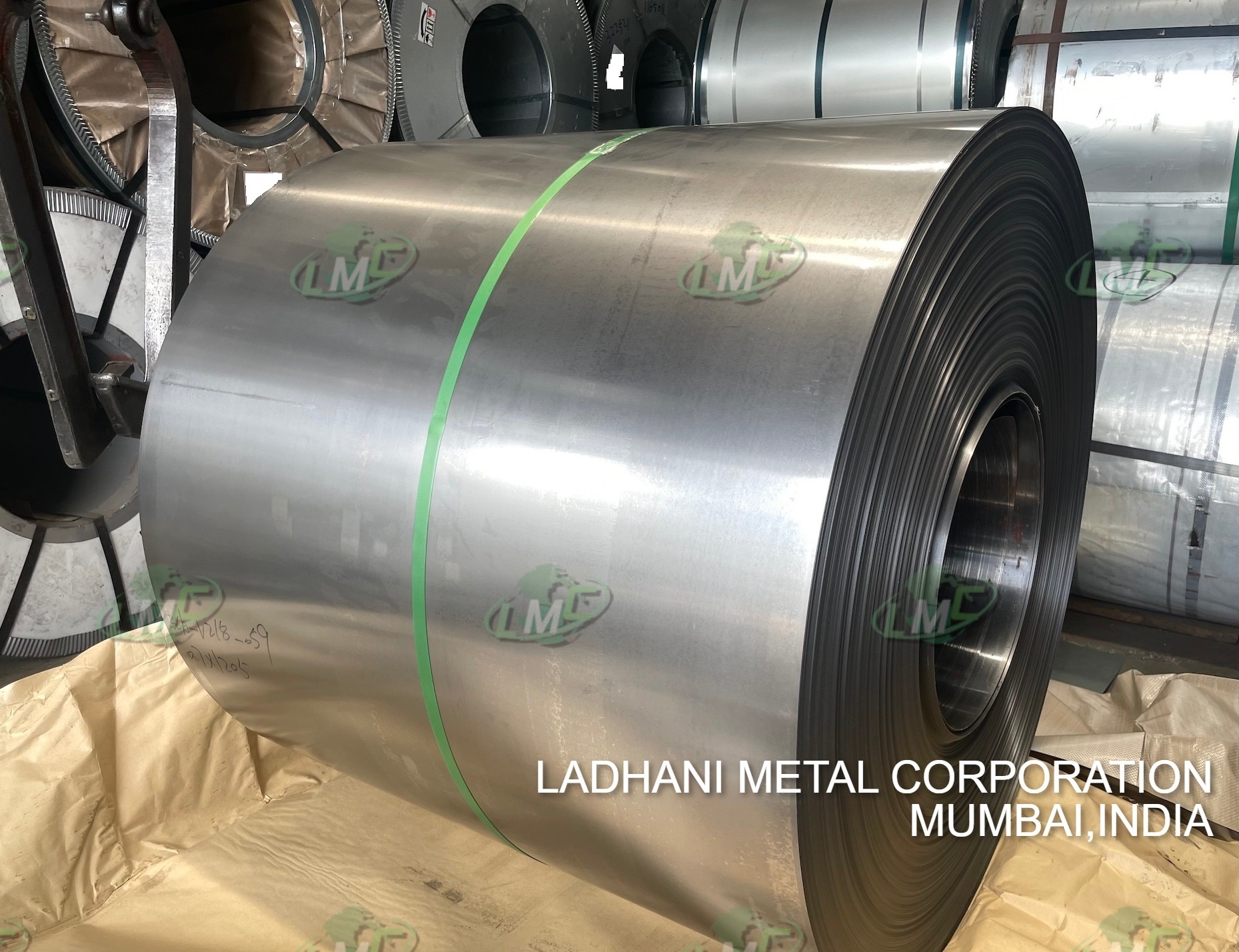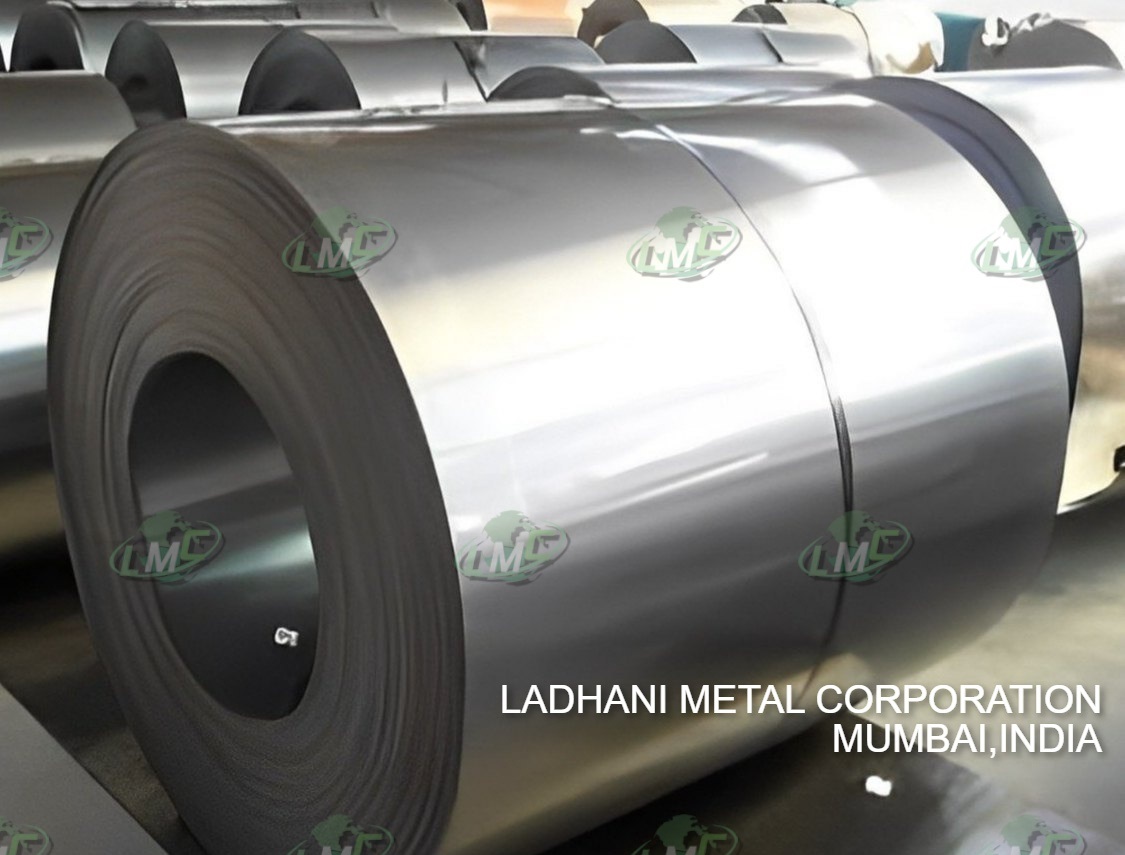DIN 2567 stainless steel flanges are high-quality, corrosion-resistant flanges designed for medium to high-pressure piping systems. Manufactured according to the DIN 2567 standard, these flanges offer reliable, leak-free connections that are suitable for a wide range of industrial applications, particularly in environments requiring superior resistance to rust, corrosion, and extreme temperatures. Their durability and ease of installation make them ideal for systems needing frequent maintenance or modification. Ladhani Metal Corporation is a prominent manufacturer and exporter of stainless steel flanges, offering precisely engineered products with excellent mechanical properties, corrosion resistance, and high-temperature performance. DIN 2567 stainless steel flanges are widely utilized across various industries such as chemical processing, oil & gas, power generation, and water treatment. Flange Types: • Threaded (Screwed) Flanges: These enable fast, non-welded assembly, ideal for systems requiring frequent disassembly and reassembly, such as in maintenance-driven or temporary installations. • Raised Face (RF) Flanges: Designed to enhance gasket sealing by concentrating pressure on a smaller contact area, improving the sealing ability in high-pressure systems. • Flat Face (FF) Flanges: Commonly used with cast iron or non-metallic equipment in lower-to-medium pressure systems, providing a flat sealing surface. • Forged Threaded Flanges: Offer improved strength, impact resistance, and dimensional accuracy, making them suitable for demanding applications. • Custom-Machined Flanges: Tailored to customer-specific requirements, including pressure class, size, and material variant. Available Stainless Steel Grades and Composition: 1. Grade 304 o Carbon (C): ≤ 0.08% o Manganese (Mn): 2.00 – 2.50% o Phosphorus (P): ≤ 0.045% o Sulfur (S): ≤ 0.030% o Silicon (Si): ≤ 1.00% o Chromium (Cr): 18.00 – 20.00% o Nickel (Ni): 8.00 – 10.50% Applications: Widely used in food processing, chemical industries, plumbing, and water treatment systems. The corrosion-resistant properties make it ideal for various industrial and marine environments. 2. Grade 316 o Carbon (C): ≤ 0.08% o Manganese (Mn): 2.00 – 2.50% o Phosphorus (P): ≤ 0.045% o Sulfur (S): ≤ 0.030% o Silicon (Si): ≤ 1.00% o Chromium (Cr): 16.00 – 18.00% o Nickel (Ni): 10.00 – 14.00% o Molybdenum (Mo): 2.00 – 3.00% Applications: Ideal for harsh, high-corrosion environments such as chemical and petrochemical industries, marine applications, and systems requiring resistance to pitting and crevice corrosion. 3. Grade 321 o Carbon (C): ≤ 0.08% o Manganese (Mn): 2.00 – 2.50% o Phosphorus (P): ≤ 0.045% o Sulfur (S): ≤ 0.030% o Silicon (Si): ≤ 1.00% o Chromium (Cr): 17.00 – 19.00% o Nickel (Ni): 9.00 – 12.00% o Titanium (Ti): 5 times the carbon content, minimum of 0.60% Applications: Suitable for high-temperature applications and environments where good oxidation and corrosion resistance are necessary. Often used in applications involving elevated temperatures, such as exhaust systems, heat exchangers, and boilers. Applications of DIN 2567 Stainless Steel Flanges: • Chemical Processing Industry: Used in pipelines, reactors, and pumps for handling corrosive substances. • Oil & Gas Industry: Common in offshore platforms, refineries, and subsea pipelines. • Power Plants: Ideal for steam, gas, and cooling water pipelines where high-temperature resistance is needed. • Water & Wastewater Treatment: Cost-effective and durable for fluid handling, filtration lines, and desalination plants. • Food & Beverage Industry: Hygiene and corrosion resistance make them suitable for food processing and pharmaceutical manufacturing systems. • Marine and Offshore: Excellent for use in saltwater environments and high-humidity areas. Key Features: • Manufactured to DIN 2567 standard with PN 25 and PN 40 pressure ratings • High resistance to corrosion, pitting, and oxidation, even in aggressive environments • Available in a range of stainless steel grades: 304, 316, 321 • Superior mechanical strength and excellent weldability • Easy installation with a threaded design for non-welded assembly Conclusion: DIN 2567 stainless steel flanges PN 25 and PN 40 from Ladhani Metal Corporation provide a reliable, high-performance solution for medium to high-pressure piping systems. With exceptional resistance to corrosion, high temperatures, and mechanical stress, these flanges are engineered to perform in demanding industrial environments. For custom specifications, large orders, or further inquiries, contact Ladhani Metal Corporation today.
Send Message
